Combat ships. Cruisers. Not perfect, but hard to sink
Combat ships. Cruisers. Shot damn thing that didn't come out lumpy
The Pensacola was the debut of a new generation of American heavy cruisers, and despite some opinions, it turned out to be a pretty decent ship. Naturally, not without flaws. This meant that work on the errors was required.
And this was the work of the ships of the "Northampton" class, which made up the second series of "Washington" cruisers.
In general, the new ships differed from the Pensacola quite significantly on the one hand, but not so critical that they could not be called a new project. In general - a deep alteration under the prevailing conditions.
The displacement was within the same contractual 10 tons. But the "Northamtons" were originally planned as flagships on fleets (No. CA29, 30 and 31) and in squadrons (No. CA 26, 27 and 28). That is, at the design stage, premises were laid on them for the placement of headquarters and command personnel of the appropriate size.
Increased booking and installed aircraft hangars (for the first time in the American fleet) and catapults.
Naturally, the displacement is not rubber, so I had to sacrifice something. Donated one gun turret at the stern. There were three towers left, two at the bow and one at the stern, but the towers were all three-gun. The number of barrels dropped to nine, but this scheme was considered successful and became a classic for all American heavy cruisers in the future.
Minus the turret and the gun gave a saving of about 215 tons.
And if you remember that the Pensacola was designed and built with a displacement of 1 tons less than the contractual framework, then the savings could be thrown into increasing the reservation.
It was decided, first of all, to strengthen the booking of artillery cellars, elevators and mechanisms for feeding shells and gunpowder so as to protect the enemy's 203-mm guns from fire. However, the calculations showed that it would not be possible to provide effective protection against the fire of enemy heavy cruisers, even despite the total savings of 1275 tonnes of displacement.
As a result, we came to the following scheme. In total, 1 tons were spent on booking. The main armor belt had a thickness of 075 mm along its entire length, plus 76 m below the waterline. The armored deck was 1,5 mm thick. The armor of the artillery cellars was increased to 25 mm on the sides and to 95,25 mm on the top. The armor of the turrets of the main caliber was increased: the frontal part - 50,8 mm, the top - 63,5 mm, barbets - 50,8 mm.
In general, it is better than Pensacola's, but conditionally. Based on the test results, such a booking scheme could protect artillery cellars from 127-mm destroyer shells at distances of more than 6,5 km, from light cruisers' shells (a Japanese shell was taken as a sample) with 155-mm caliber at a distance of 9,5 km, from shells with a caliber of 203 mm at a distance of 19 km.
A 155-mm projectile pierced the engine room from a distance of almost 12 km, a 203-mm projectile from 22 km.
Overall, better than Pensa. But not much. That, in fact, the military service showed later.
The length of the hull of the cruisers was 182,9 m, in the waterline area - 177,4 m. In peacetime, the usual displacement was 9200 tons, the maximum displacement was 10544 tons, in the military - 9350 tons and 14030 tons, respectively.
Power point
The propulsion system consisted of eight White-Forster boilers and four TZA with Parsons turbines, which were manufactured under license by Brown-Boveri. The turbines rotated four propeller shafts. The power of the power plant was 109 hp, which allowed the ships to reach a speed of 000 knots.
The fuel tanks held 2 tons of oil, providing a cruising range of 108 miles at a cruising speed of 10 knots.
weaponry
It was on the Northampton-class cruisers that the epoch-making decision was made - to abandon the system used on the Pensacola, that is, from two types of towers. This is quite a wise decision, as it greatly simplified construction.
Two projects were considered, either eight guns in four towers, or three towers with three barrels. The second project won, since it made it possible to somewhat shorten the ship's hull. And it turned out to be something average, since 9 guns is, on the one hand, less than the Penskakola or Mioko, but more than 8 guns of German or British cruisers. Let's just say - the golden mean.
Main guns the Northampton-class cruisers had the same 203-mm / 55 guns in the Mark 14/0 or Mark 9/2 turrets. The Mark 14/0 turret differed from the Mark 9/2 in a slightly smaller size and volume, while the Mark 9/2 had the upper part tilted slightly towards the trunks.
Mark 14/0 type turrets were installed on the cruisers Northampton, Augusta, Chester and Louisville. Mark 9/2 were on Houston and Chicago.
The location of the towers was as follows: two towers with three guns, each linearly elevated in the bow and one tower in the stern.
The 203 mm / 55 gun could fire a projectile weighing 118 kg with a warhead mass of 40,4 kg and an initial flight speed of 853 m / s at a distance of 29 km.
Combat rate of fire was 3-4 rounds per minute. Ammunition for one barrel was 150 rounds.
Auxiliary / anti-aircraft artillery
The auxiliary artillery consisted of eight universal 127 mm / 25 guns. The firing range for surface targets was 13,5 km, for air targets at an elevation angle of 85 degrees - 8,3 km. Combat rate of fire was 12-15 rounds per minute.
As an anti-aircraft weapons short-range, 37-mm machine guns were to be installed, but the Colt company did not have time with the development by the time the ships were built. Therefore, the cruisers received eight Browning machine guns with a caliber of 12,7 mm, which was definitely not enough. But then no one thought about it, but the surprise came a little later.
As soon as the war began, and for the United States it began with a cold shower in Pearl Harbor, it became clear that more effective protection was needed against aviation... And in 1941, generally useless machine guns were replaced by two quad mounts of anti-aircraft guns with a caliber of 28 mm.
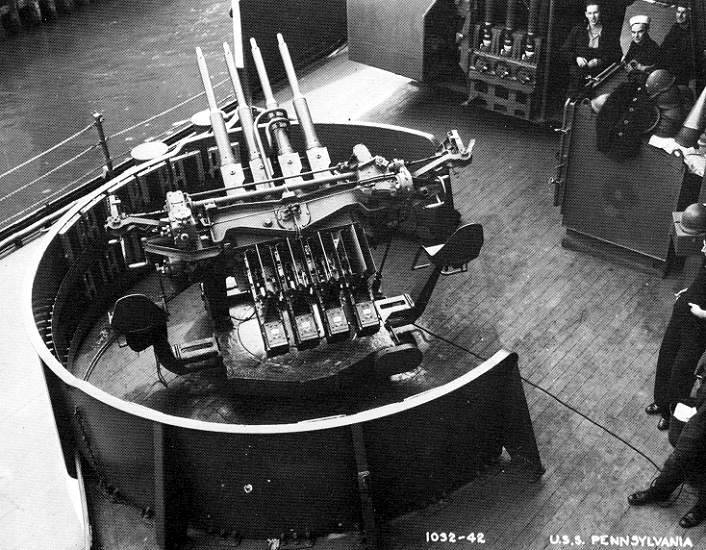
The Chicago Piano also turned out to be a very capricious and unsatisfying air defense system.
Mine torpedo armament
The cruisers received two 533 mm three-tube torpedo tubes. The devices were located onboard in the hull of the cruisers below the aircraft hangar.
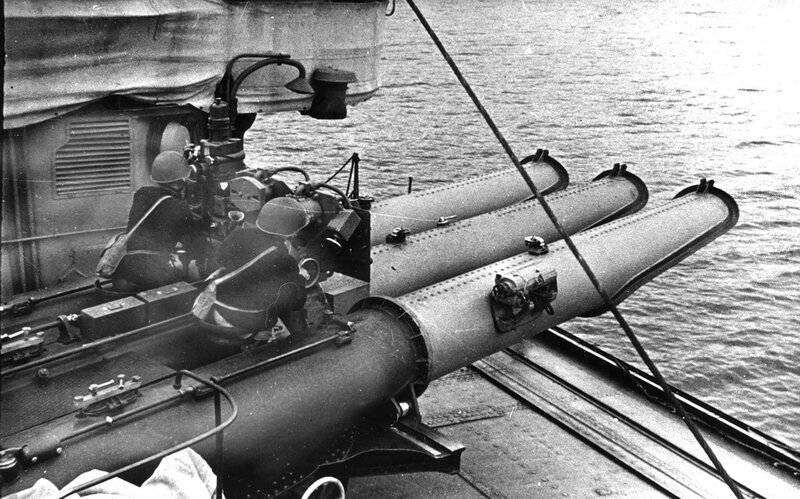
Aircraft Armament
A hangar for four aircraft was located in the stern of the ship. Plus, two more planes could immediately stand on catapults. But this was not practiced, and usually the ships carried four aircraft from the firm Vought O2U and O3U "Corsairs". During the war, they were replaced by the more modern Curtiss SOC "Seagull" and Vought OS2U "Kingfisher".
To install the aircraft on the catapult, two five-ton cranes were installed on board.
Crew and habitability
The cruisers "Northampton" were the first American ships to have bunks instead of hammocks for sailors. The innovation was appreciated and the ships enjoyed a reputation for being very comfortable. And when compared with its predecessor, Pensacola, the amount of living space at Northampton has grown by 15%.
The number of the crew of the Northampton-class cruisers was 617 people, excluding the headquarters deployed.
Upgrades
At the very beginning of the war, one thing became clear: it was necessary to strengthen the air defense.
And here the weight saving for booking played a role, resulting in some underloading of ships. It turned out very pleasant for the Americans - there was no need to remove the artillery towers, as the British did. We limited ourselves to removing torpedo tubes, one catapult and one crane from all cruisers.
In addition, the 28 mm assault rifles were removed.
And in the vacated places, both in weight and in area, air defense systems were placed according to the principle "do not deny yourself anything."
Northampton received 14 20mm Oerlikon assault rifles.
Chester received 13 twin 20-mm Oerlikon units, 4 twin 40-mm Bofors units, and 5 quadruple 40-mm Bofors units.
Louisville received 13 twin 20-mm Oerlikon units, 4 twin 40-mm Bofors units, and 5 quadruple 40-mm Bofors units.
"Chicago" received 20 20-mm installations.
Augusta received 20 20-mm Oerlikon units, 2 twin 40-mm Bofors units, 4 quad 40-mm Bofors units.
"Houston" did not have time for modernization programs, the improvement of air defense consisted of three 76-mm anti-aircraft guns.
Combat application
All six Northampton-class heavy cruisers have repeatedly distinguished themselves in battles, for which they received the insignia of the US Navy command - battle stars, the so-called "Battle Stars".
Louisville has received 13 such stars.
Chester has been awarded 11 stars.
Northampton received 6 stars.
Augusta and Chicago each won three stars.
"Houston" received only two, but for the battle in the Sunda Strait, the cruiser received the gratitude of the President of the United States.
Northampton
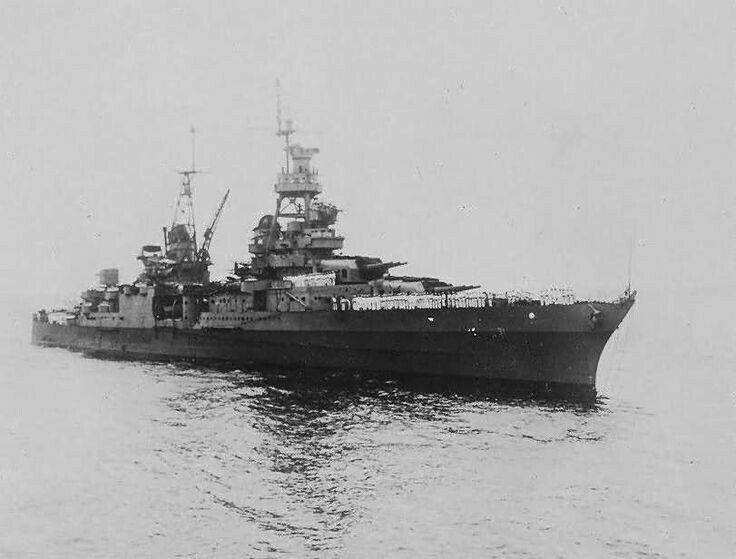
The beginning of the war, that is, the moment when the Japanese attacked Pearl Harbor, Northampton was at sea, escorting the aircraft carrier Enterprise. Further, the cruiser took part in all significant operations of the American navy in the Pacific Ocean.
Most significant in stories the ship was escorted by the aircraft carrier Hornet in the Doolittle raid and the aircraft carrier Enterprise during the Battle of Midway.
The Northampton accompanied the Hornet during the Battle of the Santa Cruz Islands and its crew took part in attempts to rescue the aircraft carrier, and then in the evacuation of the crew.
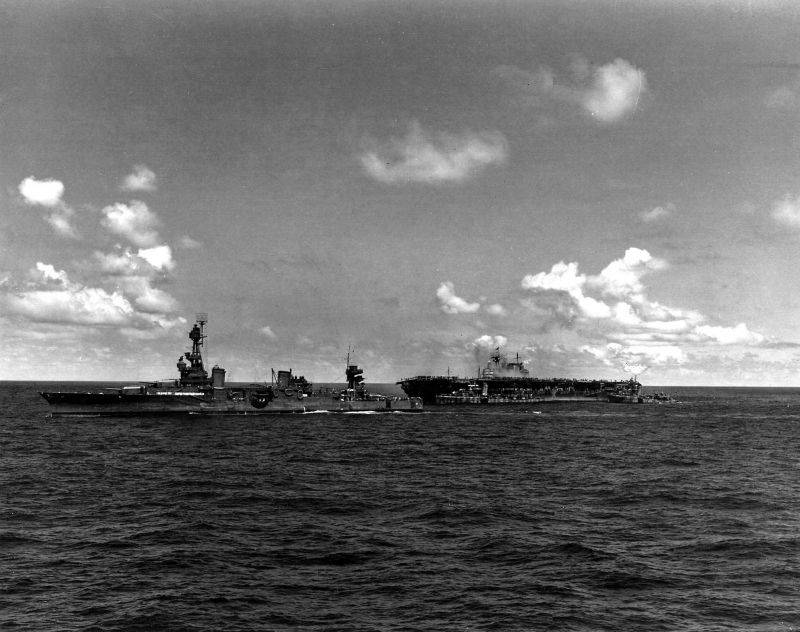
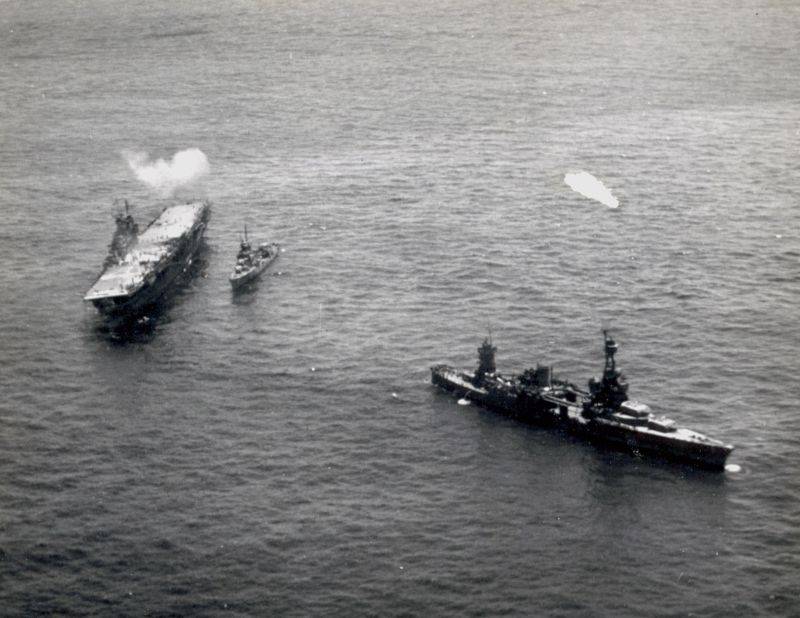
On November 30, 1942, Northampton took part in her last battle, the Battle of Tassafarong. A detachment of American ships (4 heavy, 1 light cruiser and 6 destroyers) came across a convoy of Japanese ships of 8 destroyers.
The Japanese were taken by surprise, and American ships, firing on radar data, quickly sunk the Japanese destroyer Takanami with artillery fire. In response, the Japanese fired a large number of torpedoes and literally mutilated 4 American cruisers.
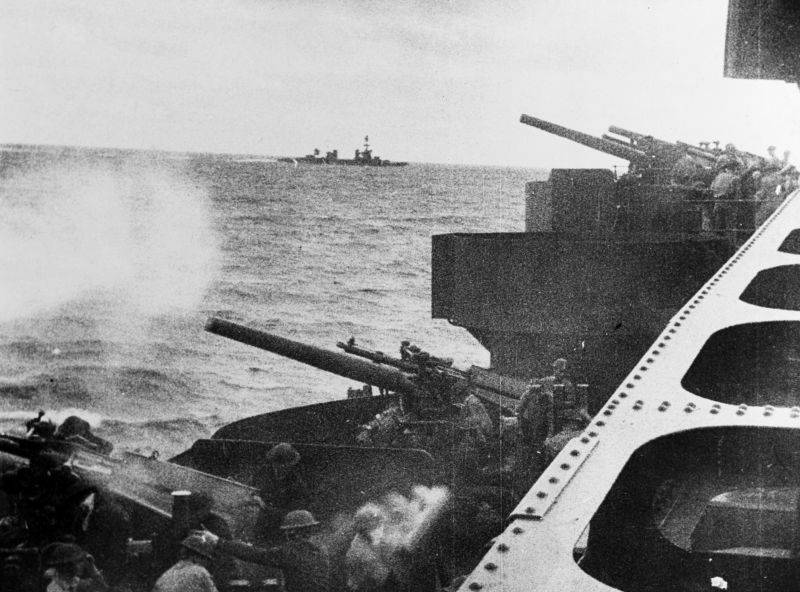
The most unlucky was the Northampton, which was hit by two 610 mm long-lance torpedoes. The crew fought for the life of the ship, but the destruction was too significant and as a result the cruiser sank.
"Chicago"
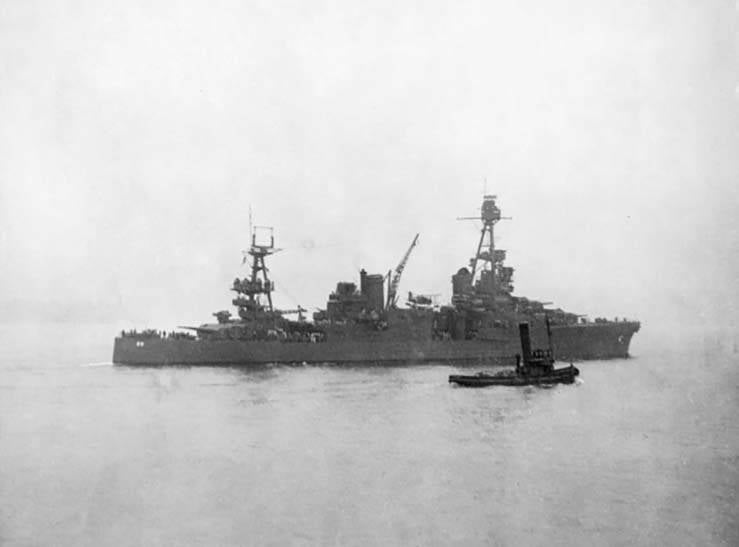
December 7, 1941 "Chicago" was at sea with the 12th tactical squadron (TF 12). The squadron tried to find the enemy, but unsuccessfully and eventually returned to Pearl Harbor.
In 1942, "Chicago" operated in different parts of the Pacific Ocean. He covered New Caledonia, participated in attacks on Lae, New Guinea, Salamue. Accompanying the aircraft carrier Yorktown on the Solomon Islands raid. Participated in the first battle for Guadalcanal.
Participant of the first battle at Savo Island. Received a hit from a Japanese torpedo, the crew fought for survivability, not ceasing to fire at the enemy. After minor repairs, he left for the USA and got up for a major overhaul.
Returning to the theater of operations in January 1943, he went to Guadalcanal as part of a convoy. On the night of January 29, in a battle near Rennel Island, he received two torpedoes from Japanese aircraft. The cruiser lost speed, but the work of the crew stopped the flow of water and even straightened the roll.

"Chicago" was taken in tow by the cruiser "Louisville" and an attempt was made to tow the damaged ship for repair to the base.
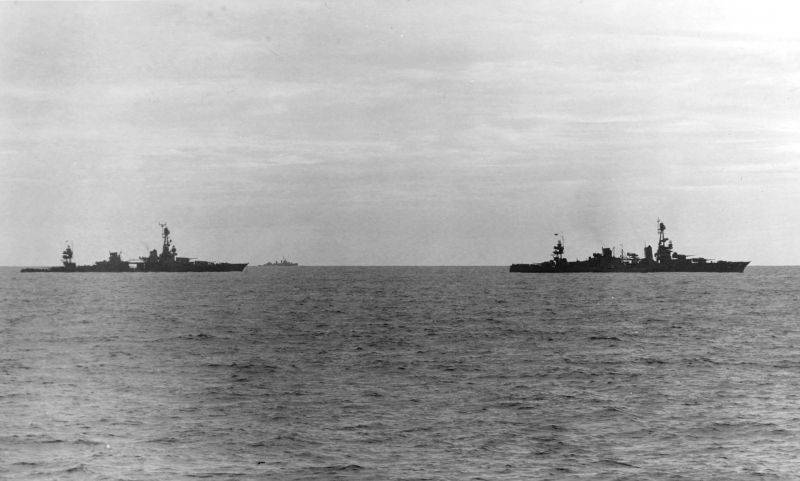
However, the next day, Japanese aircraft resumed their attacks and torpedo bombers planted four more torpedoes in the Chicago. Even Poseidon could not cope with such damage, so the cruiser sank at a point with coordinates 11 ° 25'00 ″ S. sh. 160 ° 56'00 "in. etc.
Louisville
He began his military service in 1940, moreover, as a neutral ship or an armed transport, if you like. The cruiser made a trip to South Africa to take out of Rhodesia $ 148 million worth of British gold for storage in the United States. The cruiser took the cargo in Simonstown (South Africa), and with it went to New York. After that, "Louisville" was transferred to the Pacific Ocean.
On December 7, 1941, during the Japanese attack on Pearl Harbor, the Louisville was sailing to Pearl Harbor as part of a convoy. He did not come, therefore he survived. Then he was included in Task Force 17 (TF 17) and sent to San Diego.
In March 1942 he took part in operations in the Bismarck archipelago and the Solomon Islands. In May he took part in an operation off the Aleutian Islands.
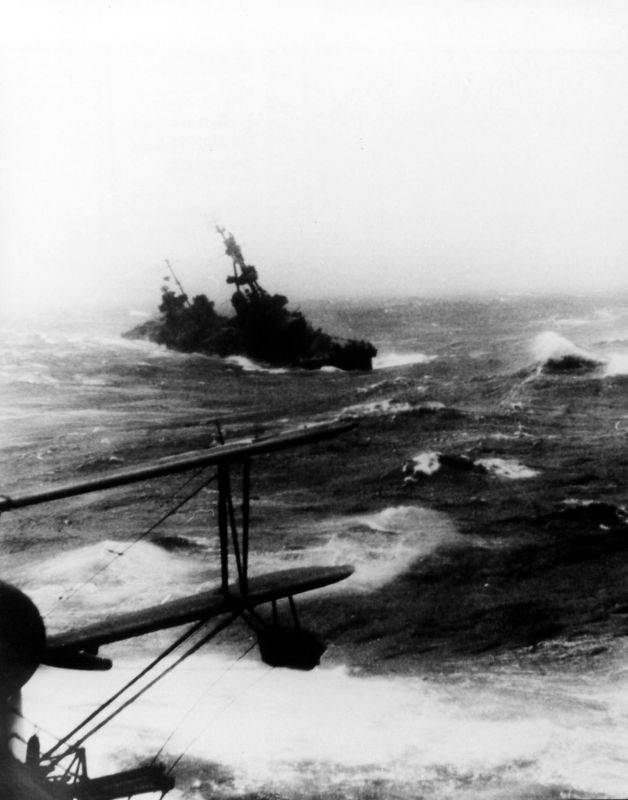
Moved troops to Samoa, participated in raids on the Gilbert Islands and the Marshall Islands. November - operations in New Caledonia
On January 29, 1943, she took part in the battle at Rennell Island and the only cruiser managed to avoid Japanese torpedoes. In the evening of the same day, he took the damaged cruiser "Chicago" in tow and tried to drag it to the base.
In April 1943 he was again sent to the Aleutian Islands, where he participated in the Battle of Attu. In January 1944 he participated in the shelling of the atolls of Vautier, Roy-Namur. He struck Palau, participated in the battles for Eniwetok Atoll, Truk Island, in June supported the landing on Saipan and Tinian, and then Guam.
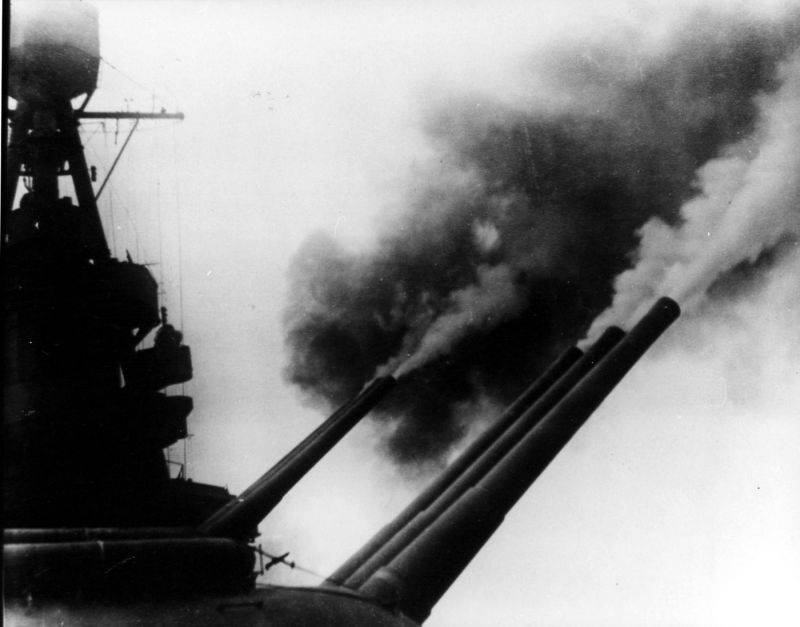
Participant in the Battle of Leyte Gulf. On the night of January 5, Louisville was hit by two kamikazes and suffered heavy losses in personnel. After repairs, on June 5, 1945, while participating in the battles for Okinawa, he received another kamikaze hit.
On June 17, 1946, the cruiser was put into reserve and transferred to the Atlantic Reserve Fleet. On March 1, 1959, it was excluded from the naval register, and on September 14, it was auctioned off for scrap.
"Houston"
With the outbreak of war, "Houston" was sent to Australia and in the Australian Navy participated in the battles for the Dutch West Indies.
In the battle in the Strait of Massar, he was hit by a bomb from a Japanese aircraft in the aft tower. The tower was destroyed. The crews of the cruiser shot down 4 aircraft.
Convoying transports from Darwin, he took the strike of 36 bombers, covered the transports with fire and a smoke screen. In 45 minutes of the battle, almost the entire ammunition load of anti-aircraft shells was fired, it turned out to disrupt the attack of the Japanese aircraft.
Participated in the battle on February 27, 1942 in the Java Sea, where the Allied squadron was defeated by the Japanese.
Battle in the Sunda Strait.
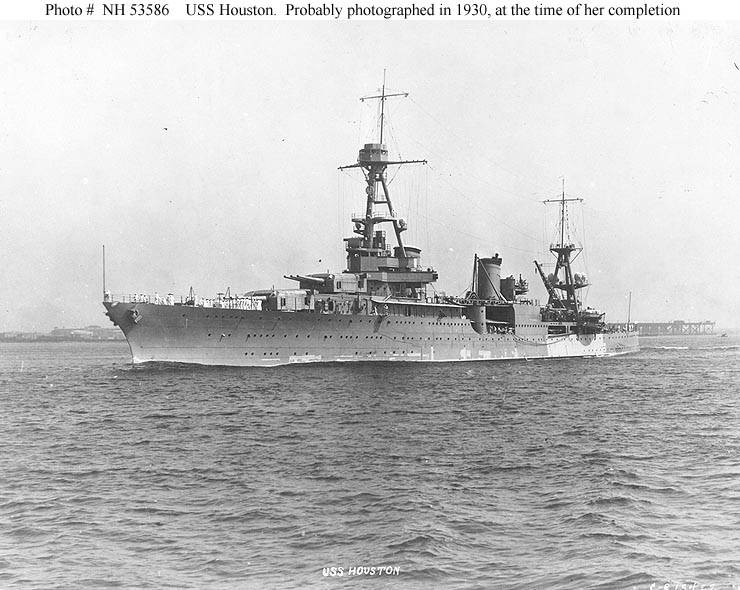
The battle took place immediately after the battle in the Java Sea. On February 28, 1942, the cruisers Perth (Australia), Evertsen (New Zealand), Exeter and Encounter (Great Britain) and Houston (USA) left the ports of Batavia and Surabaya. The destroyers were absent, since after the battle in the Java Sea they were left without torpedoes.
The purpose of the campaign was to attack the Japanese landings in the Sunda Strait. But by this time, the Japanese ships had already blocked the strait and began to land troops.
The Japanese group of ships consisted of the aircraft carrier Ryudze, the cruisers Mogami, Mikuma, Katori and nine destroyers. And a bunch of transports with a landing party.
Houston and Perth were the first to spot the Japanese ships and open fire. The destroyer "Fubuki" almost point-blank, from 2,5 km fired 9 torpedoes at the cruisers, but the allies managed to turn them away and the torpedoes did not hit. More precisely, two hit, but in Japanese transports. Plus "Houston" and "Perth" sank one transport with artillery fire, and forced three to be washed ashore.
And then the Japanese took up the cruiser in earnest. In general, the crews of the Perth and Houston behaved just fine. "Perth" was the first to die from torpedoes from Japanese destroyers, and "Houston", being left alone, managed to sink a minesweeper, well to pick out the destroyer "Harukadze" and the cruiser "Mikuma".
The Houston was hit by four torpedoes and about three dozen rounds of various calibers. An hour after the start of the battle, the Houston rolled over and sank. Of the 1120 crew members, 346 survived the battle, who were captured by the Japanese.
"Augusta"
The flagship of the US Asian Navy, he received his baptism of fire in 1937, during the Second Battle of Shanghai. The Augusta was hit by Chinese aircraft, which dropped bombs and machine guns on the cruiser, despite the fact that American flags were painted on all three towers.
Further, the cruiser served in the Atlantic. In June 1941, the Augusta was appointed as President Franklin Roosevelt's flagship for an August 1941 meeting with Winston Churchill in Argentia, Newfoundland, Canada.
With the outbreak of hostilities, the cruiser was on patrol in the Atlantic, took part in landing operations in North Africa, including in the Moroccan-Algerian operation, when it entered into battle with the French battleship Jean Bar. Fortunately, the French fired inaccurately, and the cruiser received no hits.
After a successful landing during Operation Torch, the ship returned to the Atlantic and guarded convoys to Britain. For some time, "Augusta" spent in the British fleet.
On April 25, 1944, King George VI of Great Britain dined with Rear Admiral Alan Kirk on board the cruiser.
In June 1944, the Augusta took part in the landing operation in Normandy. It housed the headquarters of General Omar Bradley, the cruiser participated in the suppression of German batteries on the coast.
Then the ship was sent to the Mediterranean Sea, where the cruiser took part in Operation Dragoon on the coast of southern France, firing at German positions.
In September 1944, the cruiser returned to the United States for repairs. The repairs were delayed, because in November 1944, a mysterious explosion occurred on the ship during work at the dock. Three workers and four Maoriaks were killed. The Augusta came out of repair only at the end of January 1945.
Until the end of the war, the cruiser performed two more political missions: accompanied the cruiser Quincy with Roosevelt to a conference in Yalta in February 1945, and in July 1945, the new US President Truman went to the Potsdam conference in Augusta.
At the end of the war, the cruiser took out American troops to the United States as a transport, and in 1946 the ship was decommissioned and sent for cutting.
"Chester"
December 7, 1941 "Chester" was at sea as part of the operational group of the aircraft carrier "Enterprise". The cruiser patrolled the Hawaiian area for two months, then supported the landing in the Marshall Islands. There, the cruiser suffered the first losses from the actions of the Japanese aviation, when a bomb, breaking through the deck, exploded inside the premises.
After repairs, in May 1942, "Chester" returned to service and took part in hostilities near Guadalcanal and the Solomon Islands, provided protection for aircraft carriers in the Battle of the Coral Sea, rescued the crew of the aircraft carrier "Lexington", participated in the battle at Ellis Island.
On October 20, 1942, while supporting amphibious operations in the Solomon Islands, the Chester was damaged by a torpedo from the Japanese submarine I-176. The ship remained afloat and after repairs in Sydney went to the United States for more overhaul.
A year later, the cruiser returned to service and took part in operations off the Gilbert Islands and the Marshall Islands. He covered Majuro Atoll as a floating air defense battery. Participated in Operation Adak in the Aleutian Islands, in the bombing of Matsuwa (now Matua) and Paramushira in the Kuril Islands in June 1944.
Back in the Central Pacific, Chester fired on the Wake and Marcus Islands in September 1944.
"Chester" covered the aircraft carriers McCain in the Battle of Leyte Bay, fired at Iwo Jima. Then there was cover for the landing on Iwo Jima. In the early morning of February 19, 1945, during the landing operation on Iwo Jima, "Chester" collided with the landing ship "Estes" and damaged the right propeller. Until the end of the operation, the ship played the role of a floating battery, and then left for repairs.
The Chester returned to service only in June 1945. The cruiser met the end of the war in the Aleutian Islands, patrolling the area.
After the end of the war, Chester flew several flights, transporting American troops to the United States. Then the ship was transferred to the reserve, but on June 10, 1946, it was finally written off. The ship was too worn out.
What about the Norhampton-class cruiser project? These were very successful ships that dragged the entire war on themselves, participating in almost all operations of the US Navy.
Despite some shortcomings, namely, clearly insufficient booking, the ships came out very intractable in terms of being hit by bombs and shells. And the fact that the underload helped turn them into floating air defense batteries only expanded the range of applications for these ships.
In general, the Norhamptons cannot be called the best ships in the class, but they were the most worthy representatives of the class of heavy cruisers. And the awards that the ships received, together with the crews, are only the best confirmation of this.
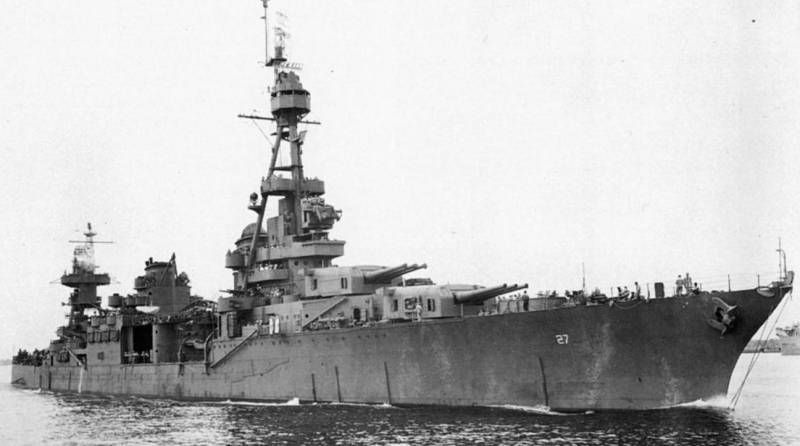
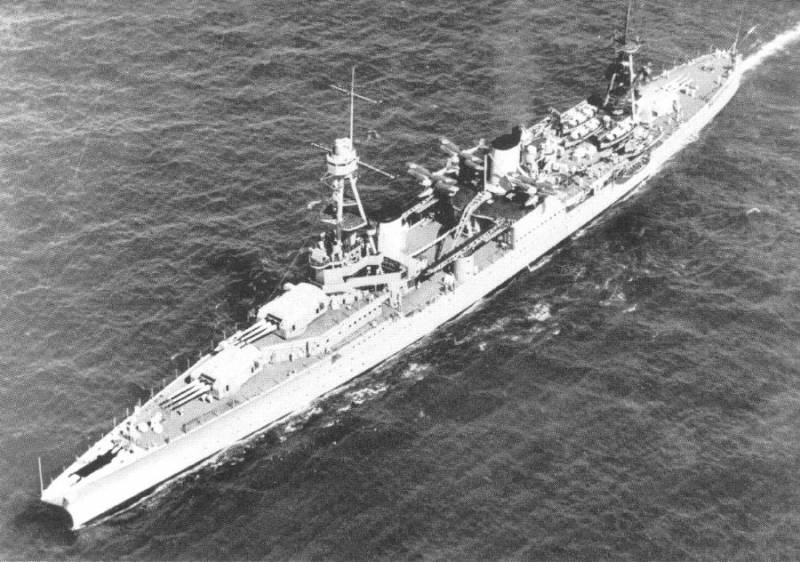
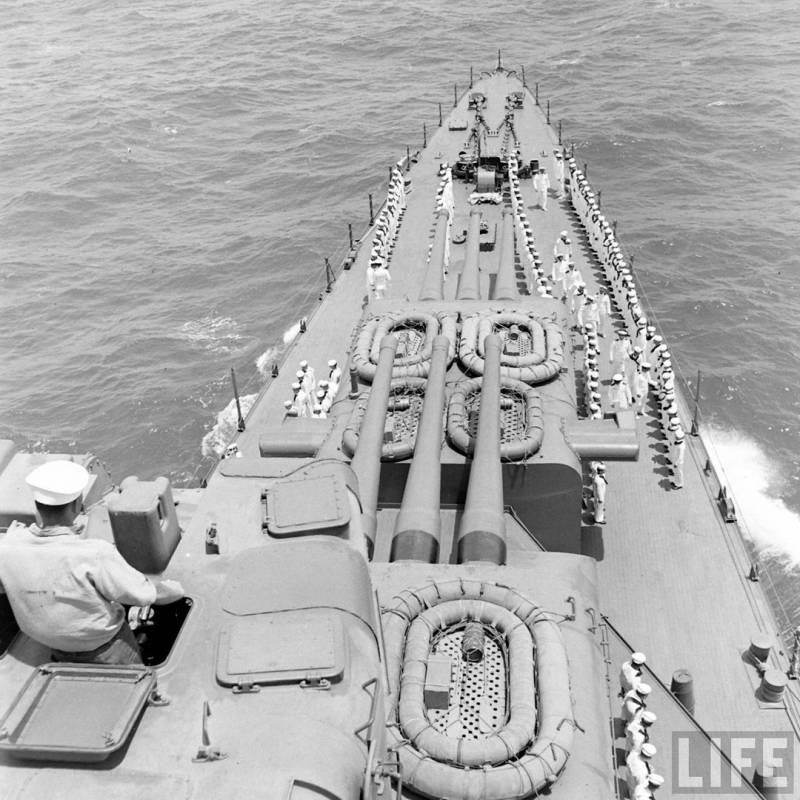
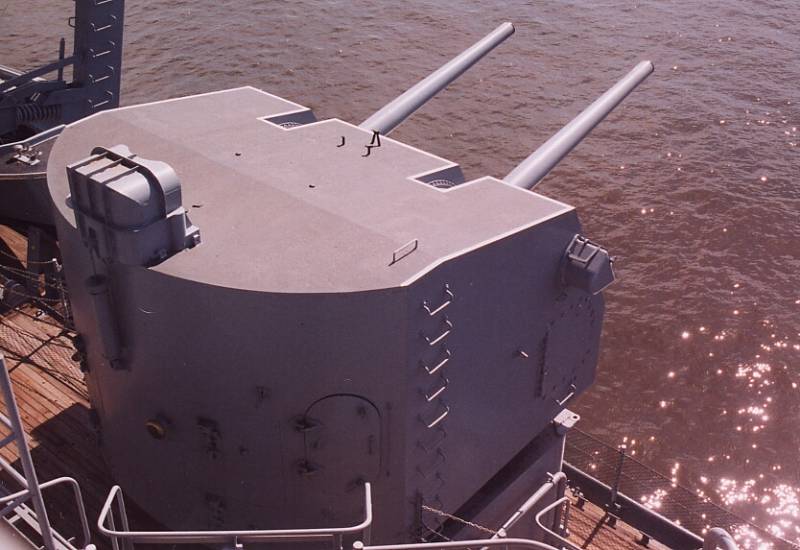
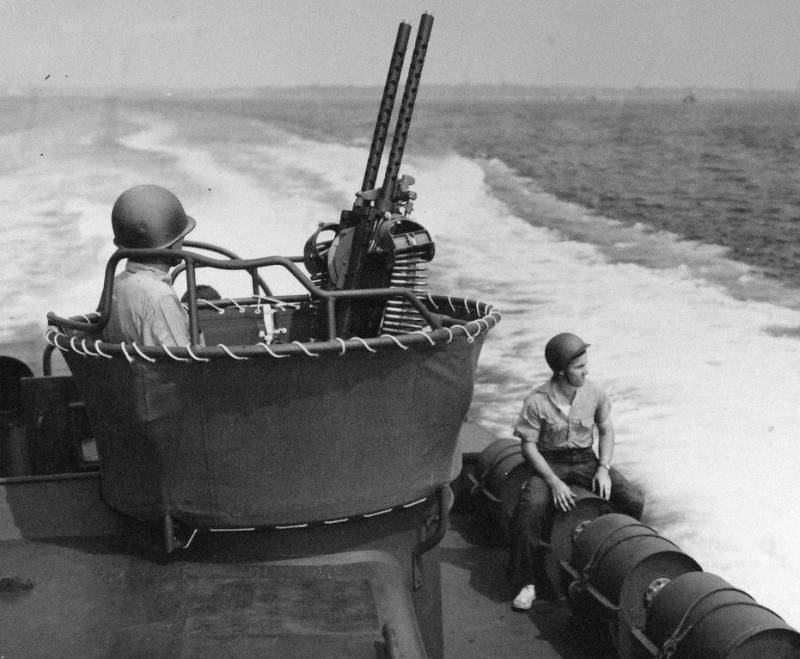
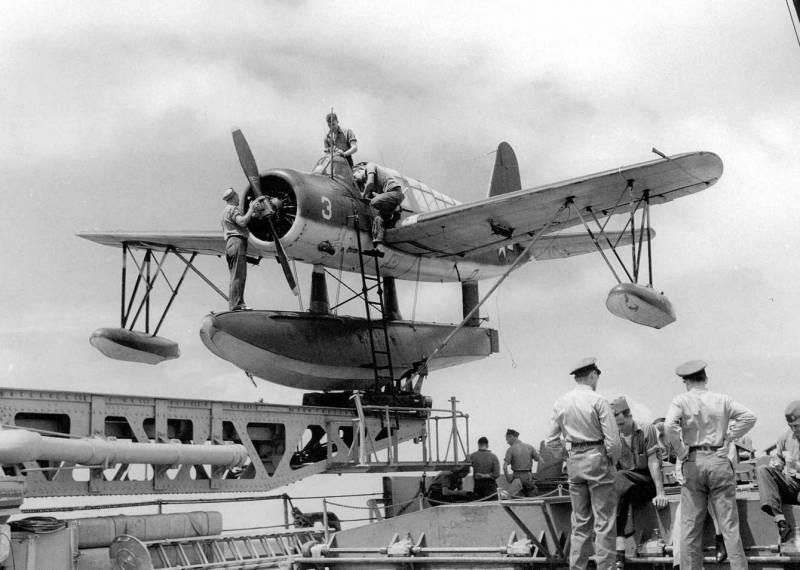
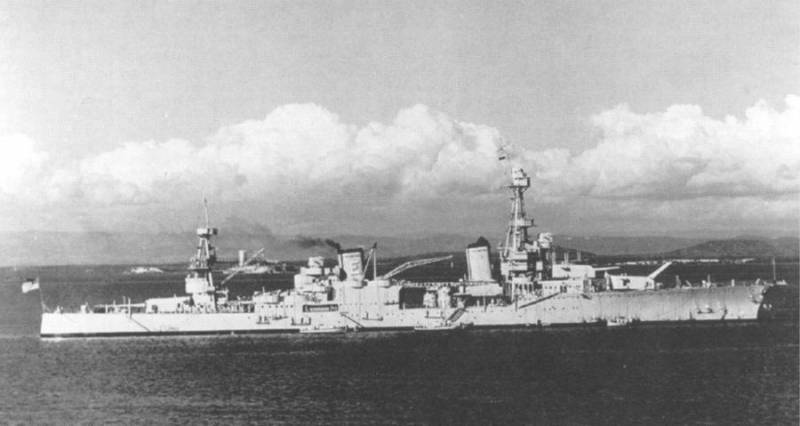
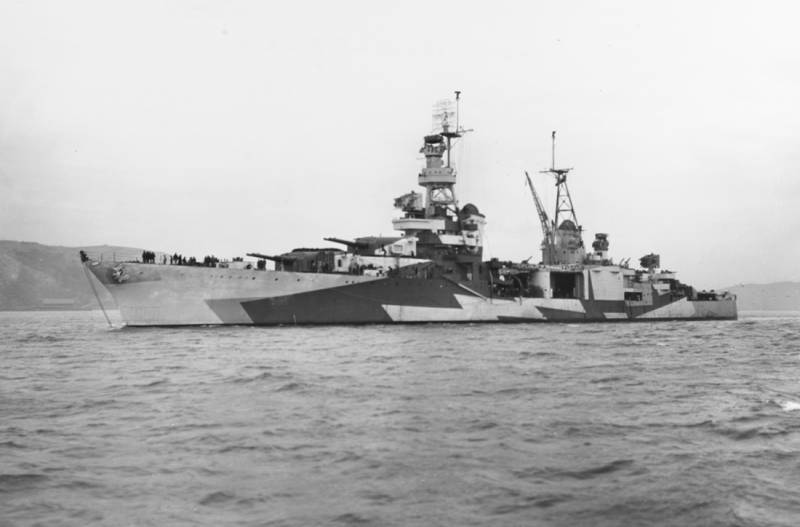
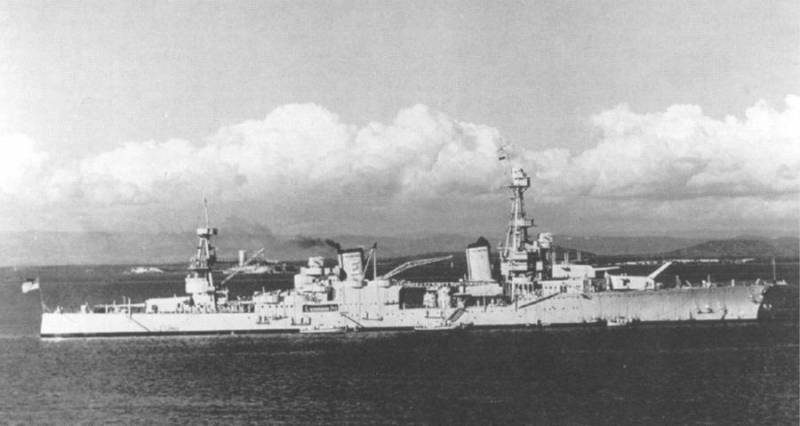
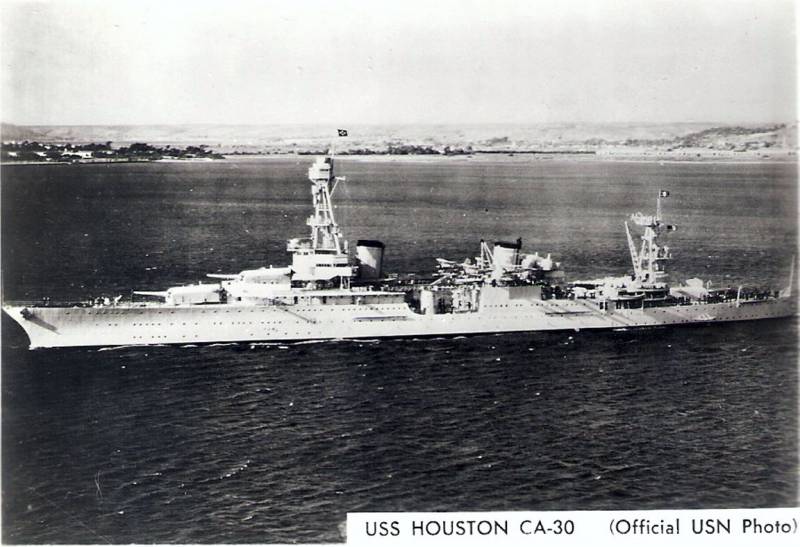
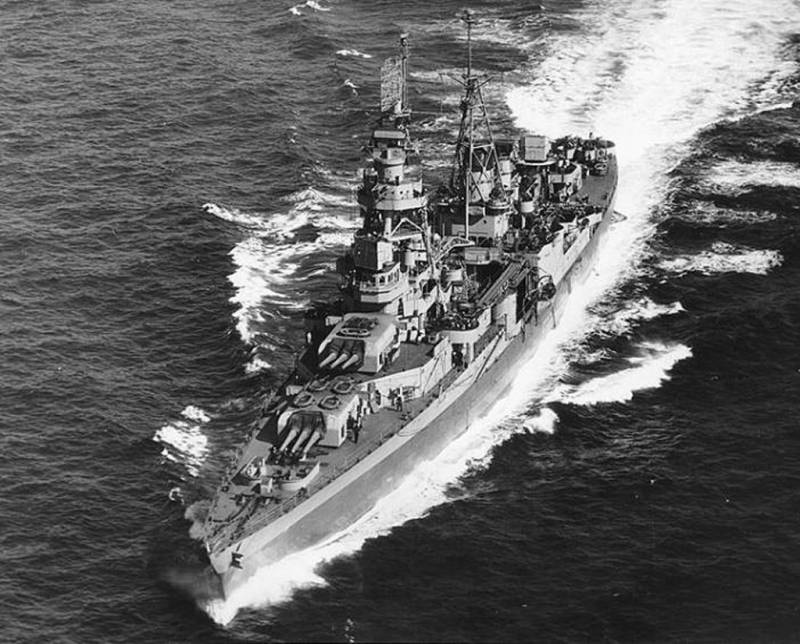
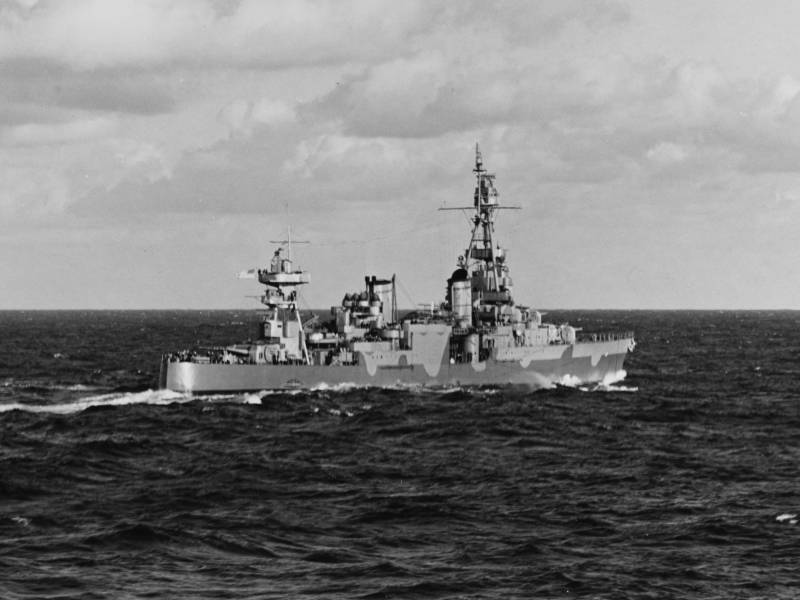
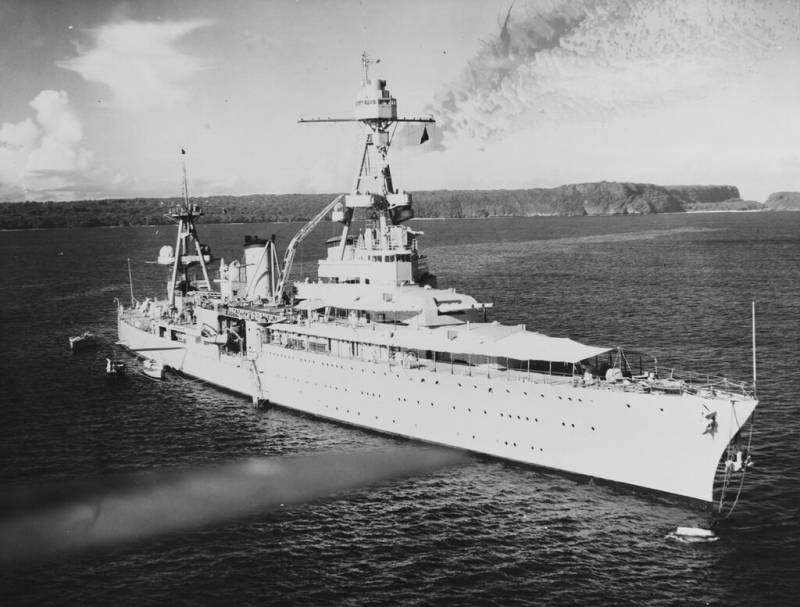
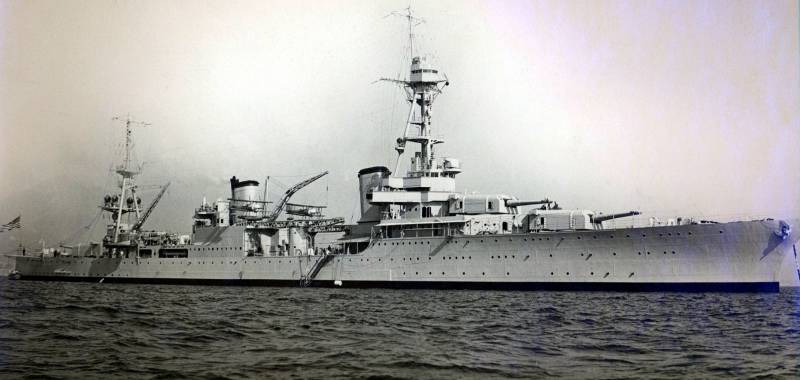
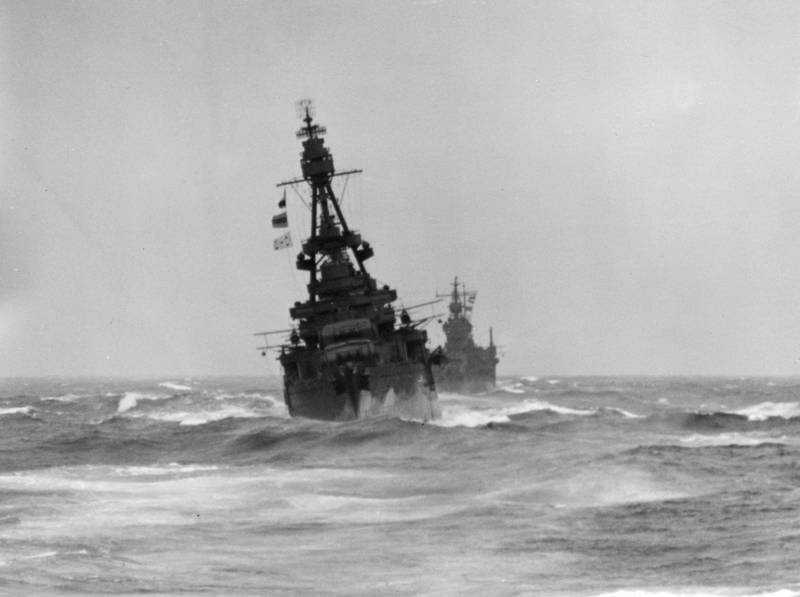
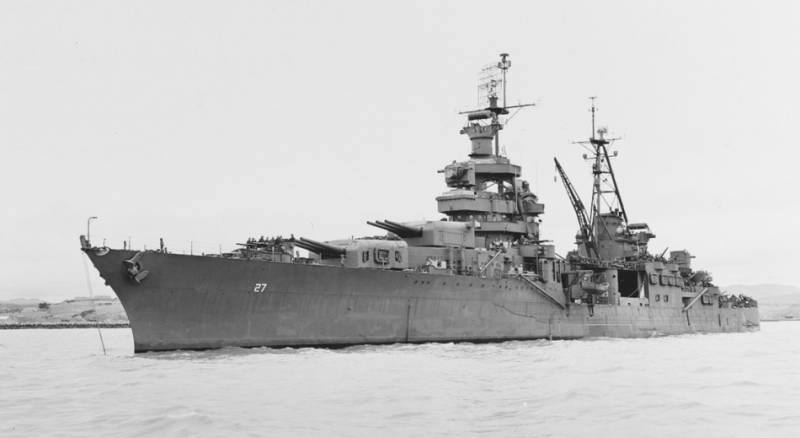
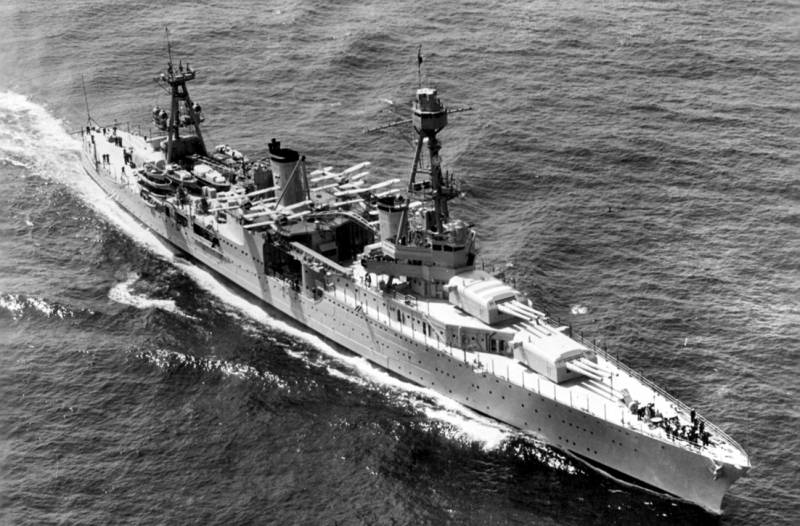
Information